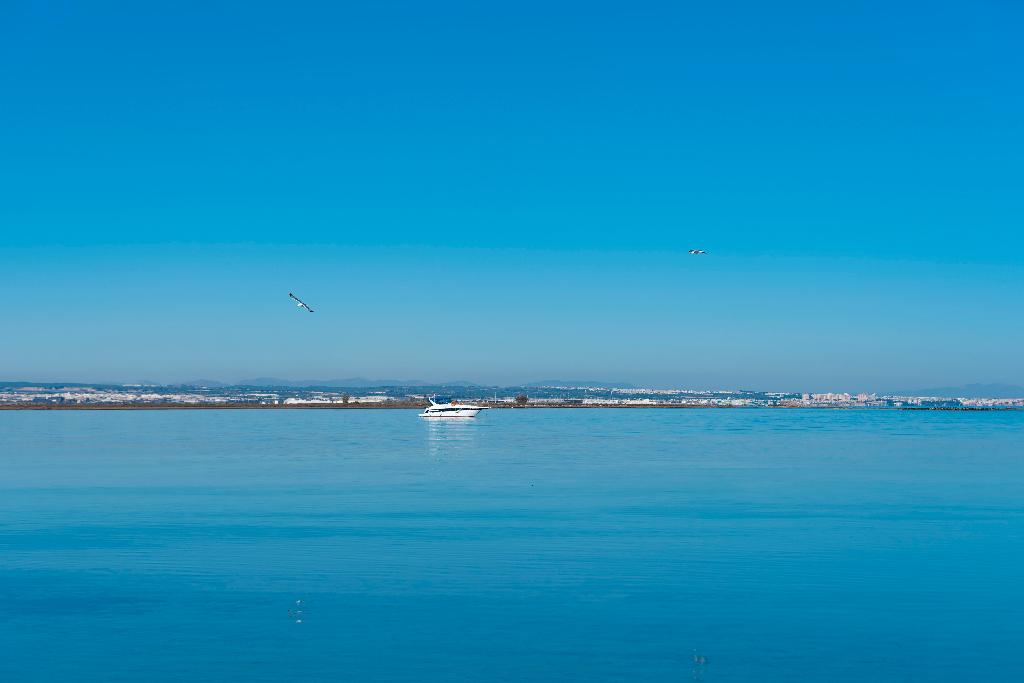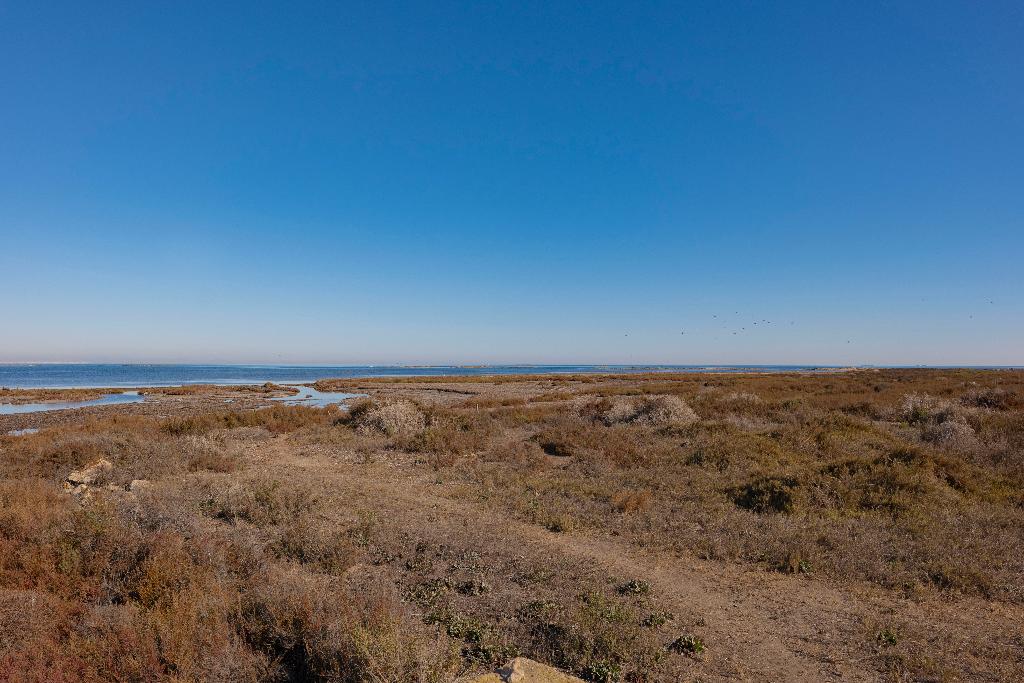Ecosistema de Las Salinas e Industria de la Sal
Gran Vía Km. 18
30370
LA MANGA SAN JAVIER (LA MANGA DEL MAR MENOR)
The salt flats consist of a wetland with sandbanks located north of La Manga and are an important part of the Mar Menor, considered a Specially Protected Area of Mediterranean Importance (SPAMI). They cover a total area of 837 hectares and are shared by the municipalities of San Javier and San Pedro. Various local ecosystems can be found, ranging from salt ponds, reed beds, salt marshes, dunes, and channels to fishing enclosures.
It is a wetland with sandbanks that borders the south with fishing enclosures and cahnnels that lead to the Mediterranean Sea. In these wetlands, coastal dunes and sandy areas stand out, in addition to sandy bars that cushion the waves in the Mediterranean areas, favoring the presnece of Posiodonia meadows int the seabeds.
Te salt flats are located on an ancient marshy area, fromed by a coastal depression filled with Quaternary materials. It is a flat area, with a shallow basin closed by a sandy barrier. In the transition zone between the dunes and the salt flats, salt marshes and small pools with muddy shallows appear, accumulations of remains of marine plants, and small islands, crossed by deeper channels where the fishing enclolsures are located.
The movement of water between the Mediterranean and the Mar Menor causes its extensive muddy surfaces to be periodically exposed. A pseudo-tidal character, very rare in the Mediterranean, due to the regulation of water masses by the wind regime, makes this ara of the marine lagoon unique.
The flora is represented by the Everlasting and the Sea Lavender in water logged areas; near the beach, Sea Holly and Sea Thistle can be found; in the dune areas, there are Sea Daffodil, Sea Horned Poppy, and Sea Lily; in the more stable dunes, there are Mastic and Blackthorn, as well as Coastal Juniper bushes. Other important presences are Souheastern endemics such as Helianthemum marmenorensis and Frankenia corymbosa, highlighting Senecio joppensis, a rarity in Western Europe.
The fauna consists mainly of water brids such as Avocet, Black-winged Stilt, Little Ringed Plover, Little tern, Balck-headed Gull, Sandpipers, Needlefish, Redshanks, and larger birds such as Herons, cormorants, Ducks, Seagulls, and Flamingos, among others.
Common reptiles include the Iberian Lizard and the Red-tailed Lizard. Mammals such as the Shrew, Pygmy Shrew, and Weasel are also present, along with a wide variety of bats such as Miniopterus schreibersii, Myotis capaccinii, Myotis myotis, Rhinolophus euryale, and Rhinolophus ferrumequinum.
The salt flats harbor endangered species such as the beetle scarities aurytus in the insect family,or the Fartet in the fish family, which is aslo an Iberian endemic.
Currently, salt production activities take place in the northernmost part, within the Regional Park of Salinas and Arenales de San Pedro del Pinatar, and its exploitation dates back to Roman and Muslim times, althought it probably began even earlier. Known as the Salinas de Patnía, King Alfonso X incorporates them into the Castilian Crown in 1266, later to be exploited by the Franciscan Order. In 1470, the Murcian Council purchased them and put them under lease, most of the time (1494-1580) being exploited by the Hurtado family. Philip II incorportates them into the Spanish Crown's heritage in 1564 as part of the centralizing policy of resources.




